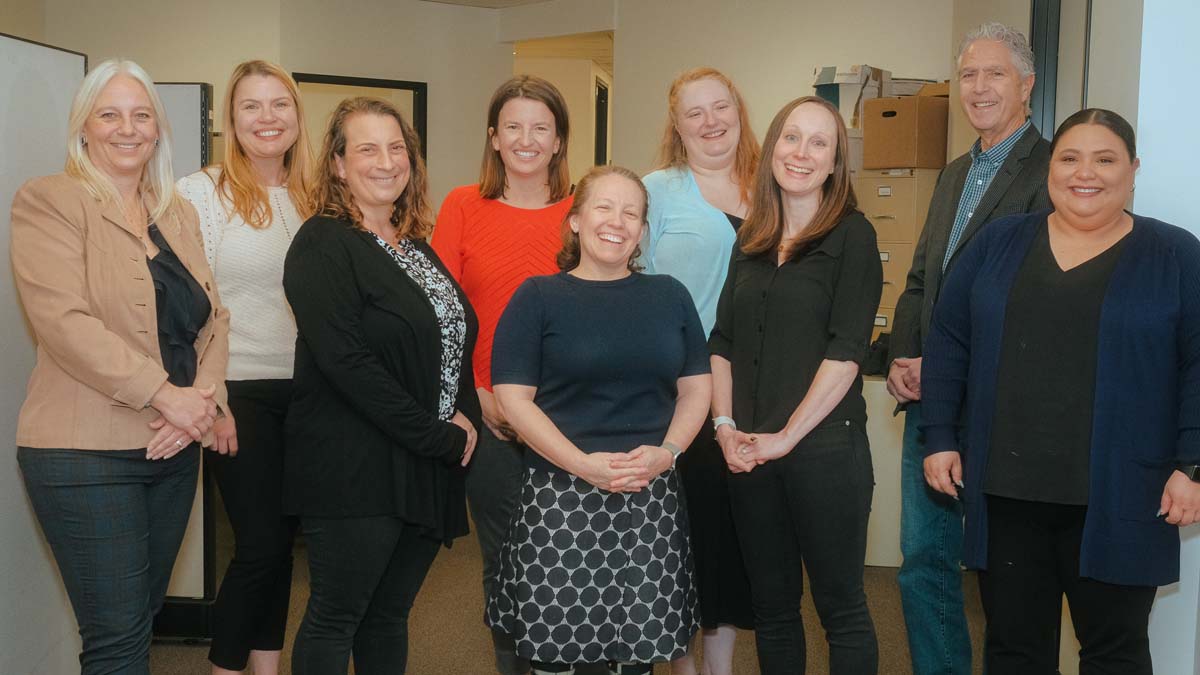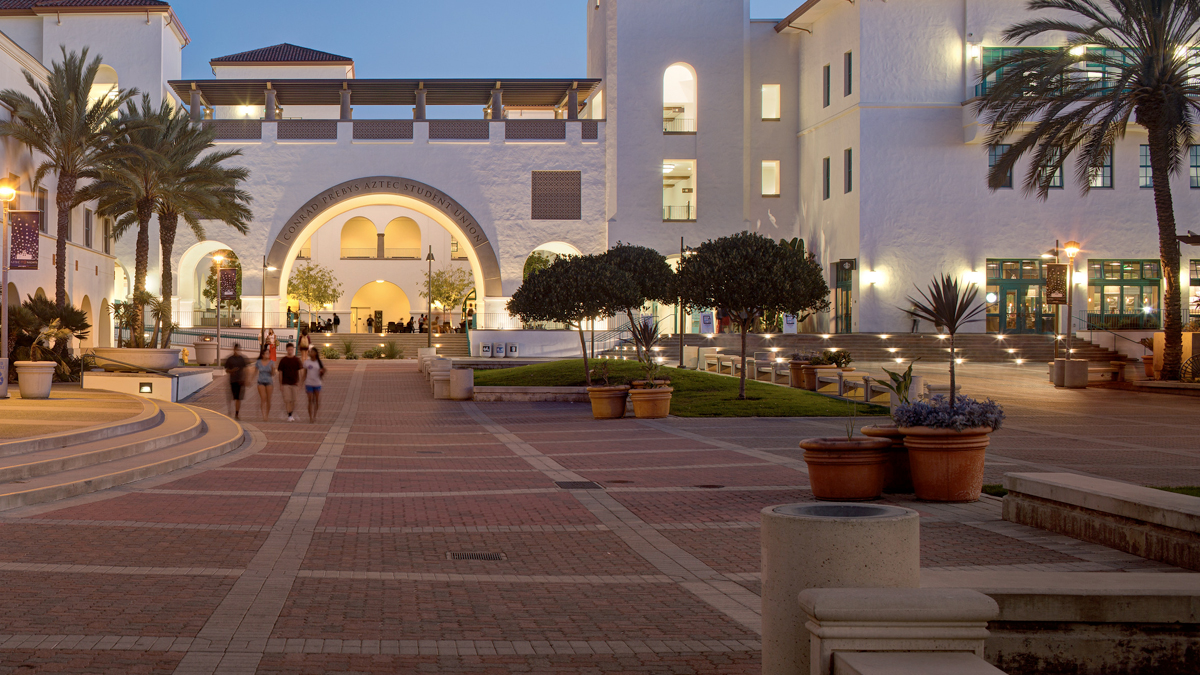It’s Official: Dynamic Research Consortium Gains Recognition

John A. Landsverk, a professor emeritus in social work at San Diego State University, had a saying about the Child and Adolescent Services Research Center (CASRC) — a research hub he helped found in 1989.
“CASRC,” he would often tell colleagues, “is a figment of our imagination.”
For more than 30 years, the multi-institutional and interdisciplinary consortium of researchers has worked effectively to improve services and evidence-based practice implementation for children, adolescents and families in mental health, behavioral health, schools, child welfare, disability services, rehabilitation and health care settings.
What CARSC has lacked — until now — is official recognition. That all changed in December as SDSU’s Deans Research Council approved CASRC as an official center within both the College of Education and the College of Sciences.
"We have been around forever and we were started by San Diego State faculty, so to finally be acknowledged by the university is very validating,” said Rachel Haine-Schlagel, associate dean for research in the College of Education and a longtime CASRC investigator. "CASRC has existed for decades and has been incredibly successful, but did not have the university's recognition.
“It's really exciting that isn’t the case anymore."
Even without recognition, CASRC has grown over the decades to include more than 100 researchers, statisticians, data analysts and investigators from leading institutions such as SDSU, UC San Diego, the University of San Diego, the University of Southern California, UCLA, UC Davis, CSUSM and Rady Children’s Hospital San Diego. The center has been known for its unique culture of mentorship that empowers faculty to embark on impressive grant-funded research portfolios.
Though researchers from across SDSU — particularly the Department of Psychology in the College of Sciences — have been and continue to be involved with CASRC, the College of Education has evolved into the center’s natural home. Over the past 15 years, more than a dozen CASRC researchers with expertise in autism, behavioral health, early childhood trauma and related fields have joined the college faculty, spread across five departments — Child and Family Development (CFD); Special Education; Administration, Rehabilitation and Postsecondary Education (ARPE); Dual Language and English Learner Education; and Counseling and School Psychology.
ARPE research professor Mary Baker-Ericzén, who serves as CASRC’s operations director, spearheaded the push for official recognition along with Kelsey Dickson, assistant professor in CFD. Baker-Ericzén said she hopes official recognition will help the center unlock funding opportunities that were not available in the past, and serve as a catalyst for even more involvement from faculty and students across SDSU.
“We have a very strong history of always bringing in students at multiple levels — undergraduate, graduate and postdoc,” she said. “But without direct recognition from the University, our students weren't always eligible for some scholarships and other opportunities. So they could be a part of our group and get the experiences, but not always benefit from some of those other components.
“That was a big part of our motivation.”
Though now recognized by SDSU, CASRC will very much retain the multi-institutional structure that has made it such a collaborative space. Investigators will continue to work, for now, out of two physical sites, one at Rady Children’s Hospital-San Diego and a space for SDSU faculty located in Kearny Mesa — though the idea of potentially returning to the center’s original co-location in the future is an important goal.
“I think the idea of a multi-university center is something that a lot of places are really interested in and want to pursue,” Dickson said. “The logistics of what that looks like needs to be figured out, but we have a long history of community partnerships and really building strong and unique cross-institution and community relationships.
“And so I think what's neat about being a center at SDSU is that it provides the opportunity for us to build a model that we can then replicate in other places.”

